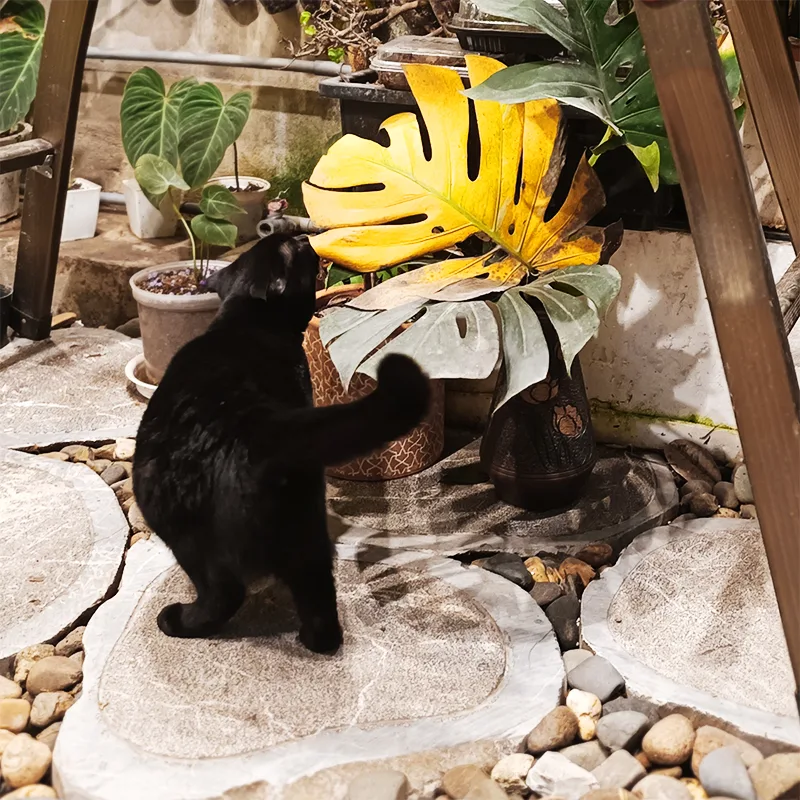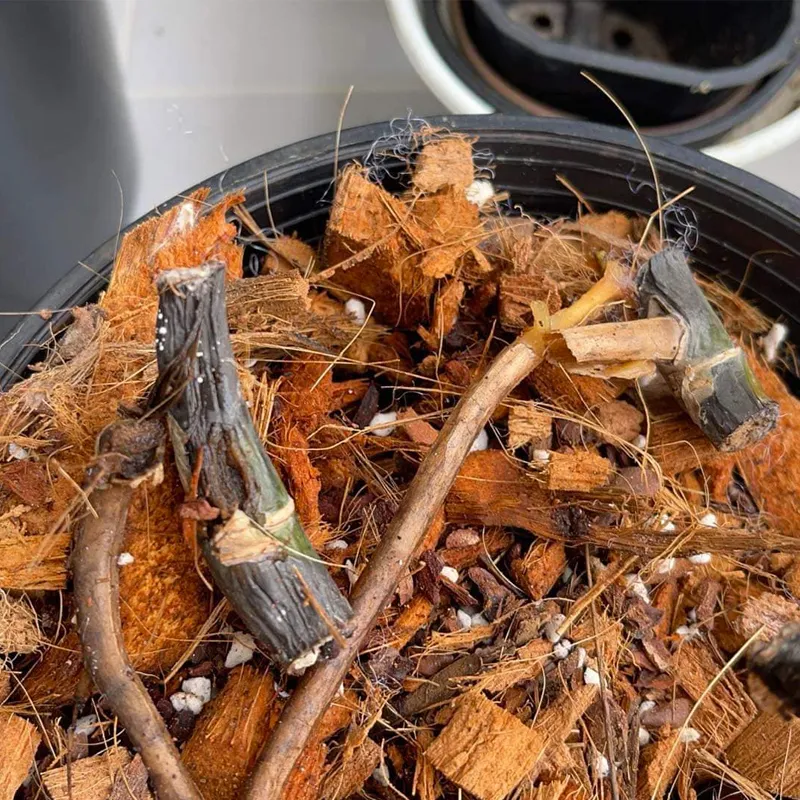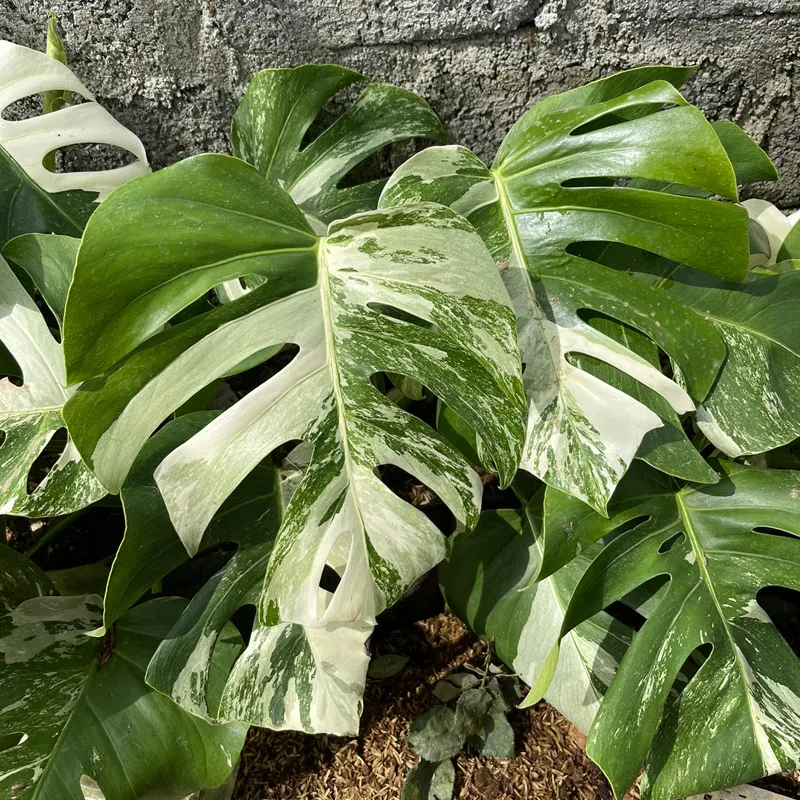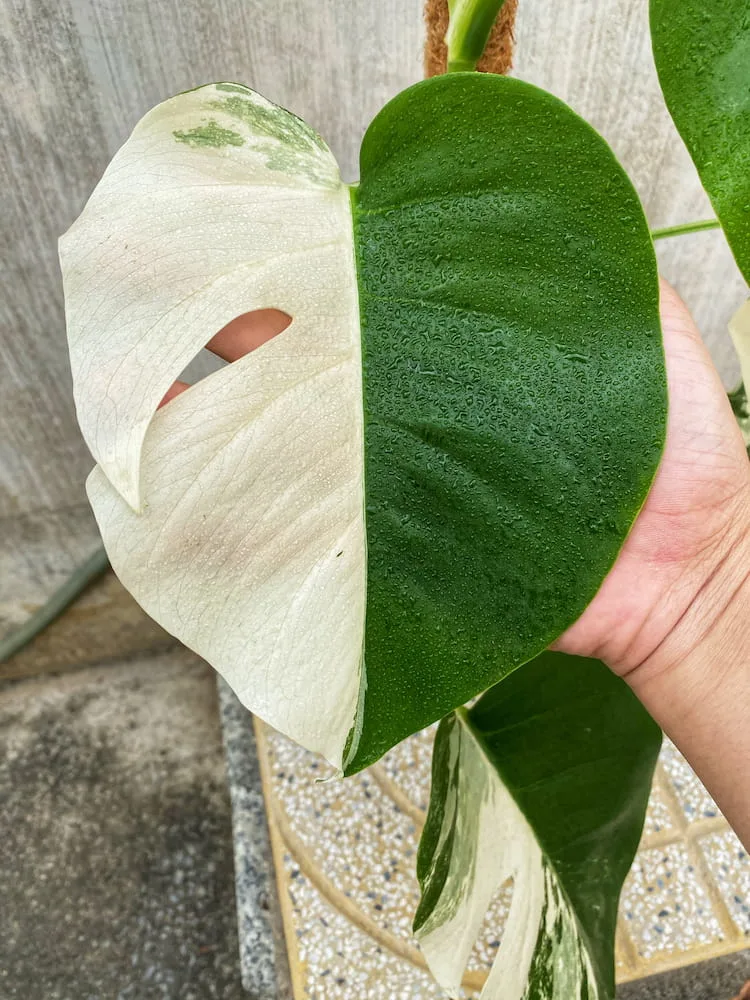Repotting Monstera
Monstera plants, known for their striking foliage and impressive growth, have gained immense popularity among indoor plant enthusiasts. As these plants mature, they often require repotting to provide ample space for their roots and to ensure continued growth. Repotting a Monstera is a straightforward process that involves careful handling and choosing the right soil. In this comprehensive guide, we will discuss the benefits of repotting, the ideal time for repotting, step-by-step instructions on how to repot a Monstera, and the best soil choices for this tropical beauty.
Repotting a Monstera plant offers several benefits that contribute to its overall health and vigor. Firstly, it allows for adequate root expansion and prevents root-bound conditions, which can stunt growth. By providing fresh, nutrient-rich soil, repotting promotes robust growth and improves the plant’s ability to absorb water and nutrients. Additionally, repotting helps eliminate pests, diseases, or contaminated soil that may hinder the plant’s well-being. It also gives you an opportunity to inspect the roots, prune damaged ones, and promote better circulation.
The ideal time for repotting a Monstera plant is during the spring or early summer, when it enters its active growth phase. Avoid repotting during the winter months when the plant’s growth slows down. Younger Monstera plants may require more frequent repotting, approximately every one to two years, while mature plants can be repotted every two to three years. It is important to assess the plant’s condition, considering its size, root system, and pot-bound signs, to determine if repotting is necessary.
Step-by-Step Guide
1. Choose the right-sized pot: Select a pot that is one to two sizes larger than the current one, allowing room for the roots to expand. Ensure the pot has drainage holes to prevent waterlogged soil.
2. Prepare the new pot: Place a layer of small stones or broken pottery at the bottom of the pot to improve drainage and prevent soil from escaping through the drainage holes.
3. Prepare the Monstera plant: Water the plant a day before repotting to moisten the soil. Gently remove the plant from its current pot, taking care not to damage the roots or stems. If the roots are tightly bound, gently tease them apart to encourage outward growth.
4. Inspect and prune roots: Examine the roots for any signs of damage or disease. Trim away any brown or rotten roots using clean and sharp pruning shears.
5. Add fresh soil: Fill the new pot with a well-draining, nutrient-rich potting mix suitable for tropical plants. A combination of peat moss, perlite, and orchid bark can create an ideal blend. Leave enough space at the top to accommodate the Monstera’s root ball.
6. Repot the plant: Place the Monstera in the center of the pot, ensuring it is at the same level as it was in the previous pot. Add soil around the root ball, gently firming it to provide stability. Avoid compacting the soil too much, as it can hinder drainage and air circulation.
7. Water and settle: Water the plant thoroughly, allowing excess water to drain through the pot’s holes. This helps settle the soil and removes any air pockets. Avoid overwatering, as it can lead to root rot.
8. Post-repotting care: Place the repotted Monstera in a well-lit area, but avoid direct sunlight. Monitor the plant for the first few weeks, ensuring it receives adequate water, warmth, and humidity. Avoid fertilizing for a month after repotting to allow the plant to adjust.
Best Soil for Monstera
Choosing the right soil is crucial for the healthy growth of a Monstera plant. The soil should be well-draining to prevent waterlogged roots, yet retain enough moisture for the plant’s needs. Here are some of the best soil options for Monstera:
- Peat-based potting mix: A peat-based mix with added perlite or vermiculite provides excellent drainage while retaining moisture. It also offers good aeration for the roots.
- Orchid mix: Orchid mixes containing bark, sphagnum moss, and perlite are well-suited for Monstera plants. These mixes are porous, allowing roots to breathe and preventing water from pooling.
- African violet mix: A blend of peat moss, perlite, and vermiculite used for African violets is another suitable option. It provides adequate drainage while retaining moisture, promoting healthy root growth.
- DIY mix: You can create your own soil mix by combining equal parts of peat moss, perlite, and a quality potting soil. This blend offers a balance of drainage, aeration, and moisture retention.
Repotting a Monstera plant is a vital aspect of its care routine, promoting healthier growth, preventing root-bound conditions, and ensuring optimal nutrient absorption. By following the step-by-step guide and selecting the best soil options mentioned above, you can provide your Monstera with an ideal environment for flourishing. Remember to consider the plant’s size, root system, and signs of distress when determining the right time to repot. With proper repotting techniques and suitable soil, your Monstera will continue to thrive, showcasing its vibrant foliage and becoming a stunning centerpiece in your indoor garden.




